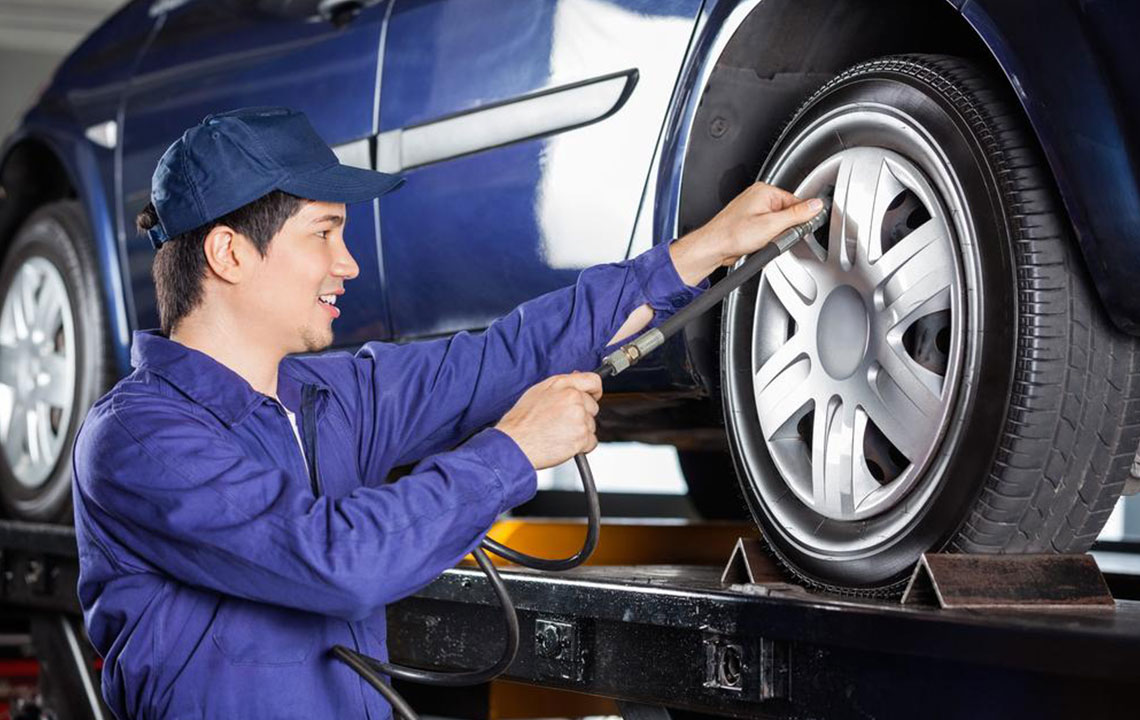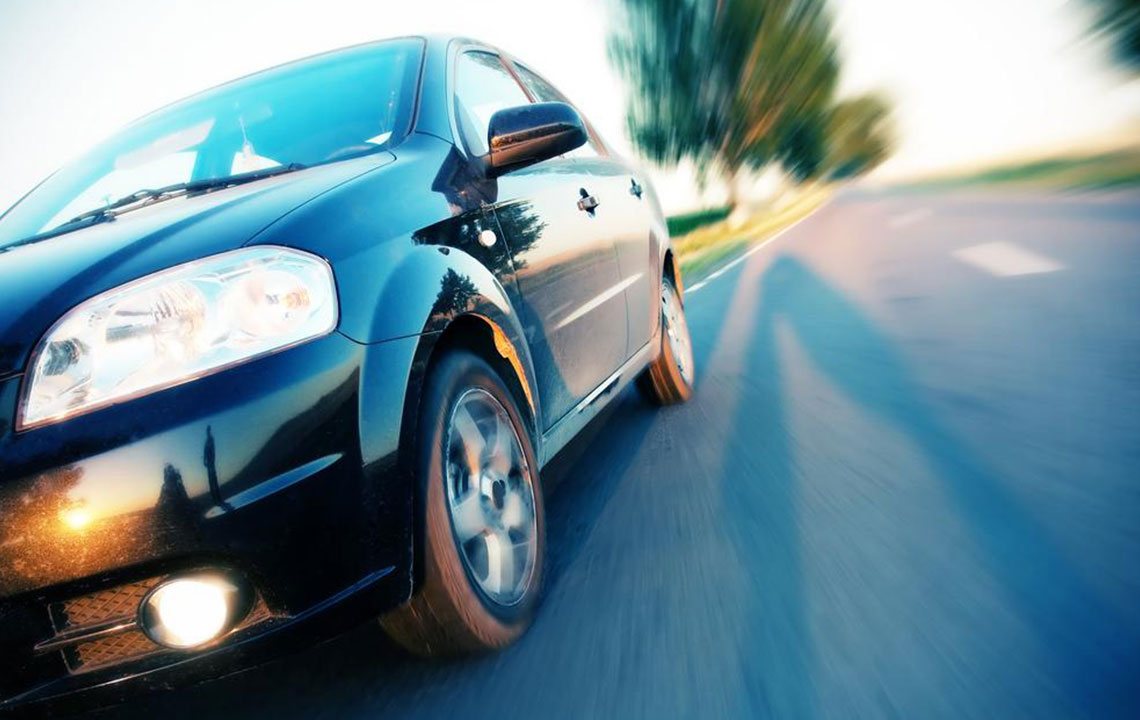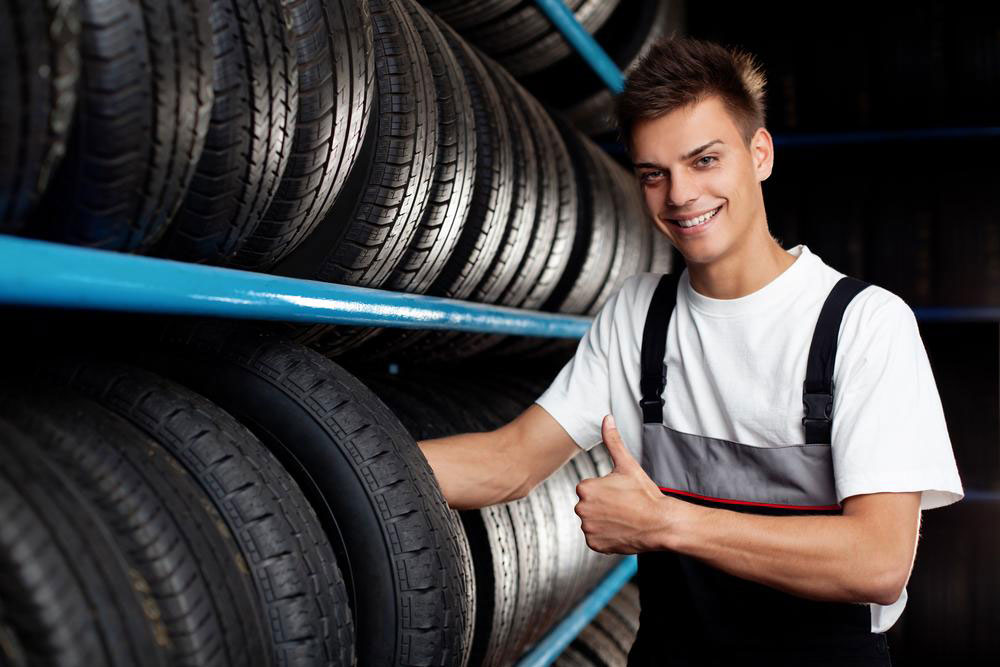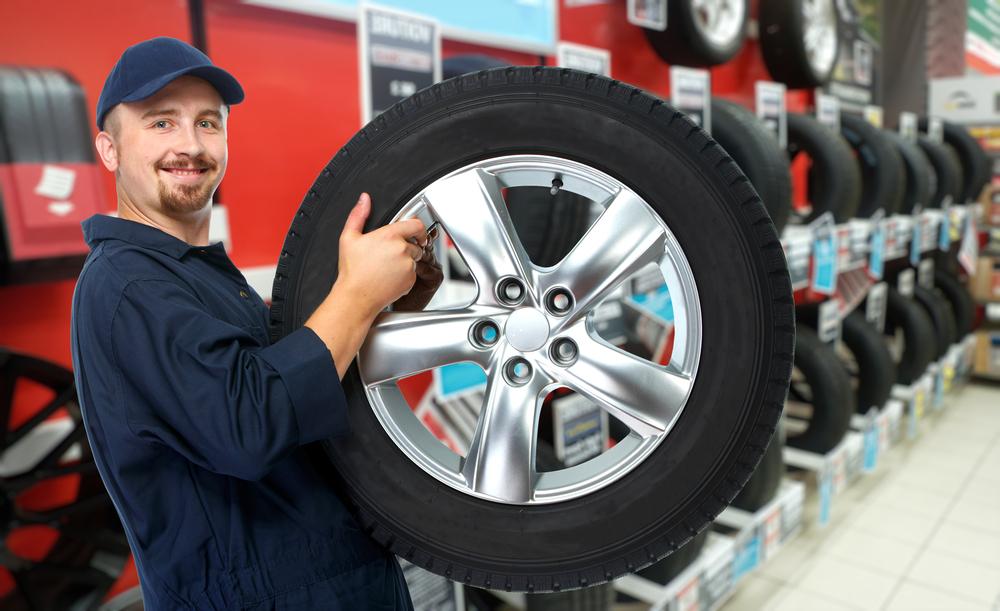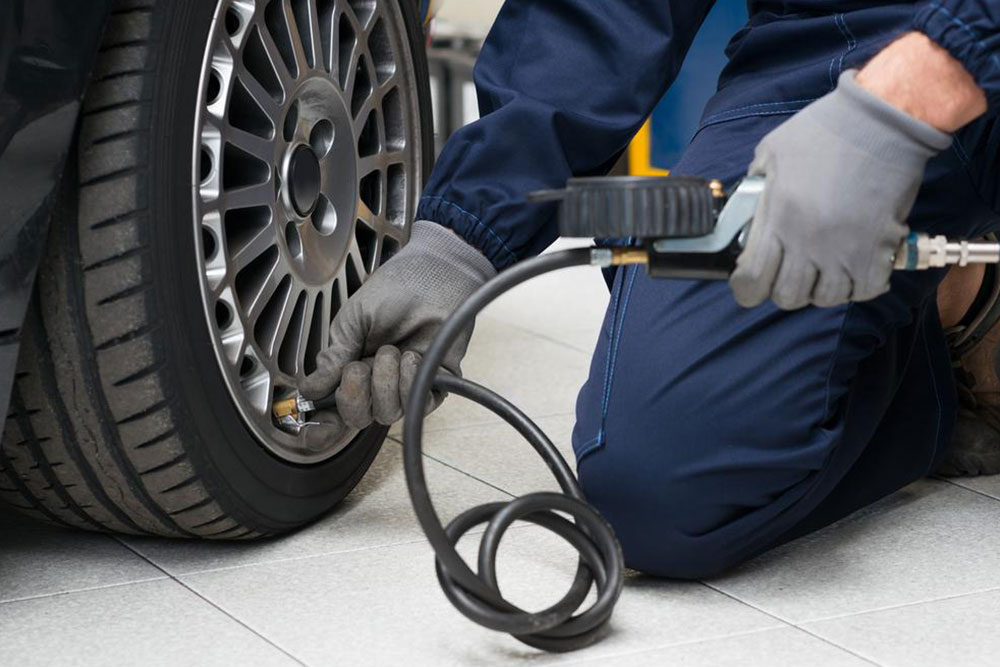Essential Tips for Optimal Tire Pressure and Maintenance
Proper tire pressure is crucial for safety, fuel efficiency, and tire longevity. Regularly check and maintain your tires according to manufacturer guidelines. Replace tires after 5-10 years and ensure wheel alignment for optimal performance and safety.
Sponsored

Maintaining proper tire pressure is vital for vehicle safety, efficiency, and environmental protection. All tire types require adequate inflation to perform optimally. Since tires are the sole contact point between your vehicle and the road, their condition directly influences grip, stability, and safety.
Often neglected, under- or over-inflated tires can lead to increased fuel consumption, uneven wear, and potential safety hazards. Regularly checking and maintaining the right pressure ensures smoother rides and prolongs tire life.
Fuel Efficiency: Incorrect tire pressure increases rolling resistance, making the engine work harder and consuming more fuel.
Safety Concerns: Correct inflation guarantees proper grip and responsiveness. Overinflated tires might impair braking, risking accidents.
Tire Durability: Proper pressure prevents uneven and accelerated tire wear, saving money on replacements.
Consult your vehicle manual for the recommended pressure. Check all four tires regularly, including for damages like cuts or bulges. Tires naturally lose pressure over time, so routine inspections are essential.
How Long Do Tires Last?
Variable Lifespan: Tire longevity depends on driving habits, climate, tire type, and maintenance. Generally, tires last about 5 years but vary widely.
Periodic Checks: After five years, inspect tires annually. Up to 10 years, replacement is advisable regardless of apparent wear to ensure safety.
Wheel Alignment: Maintain wheel alignment every six months to prevent uneven tire wear and improve fuel efficiency and safety.

